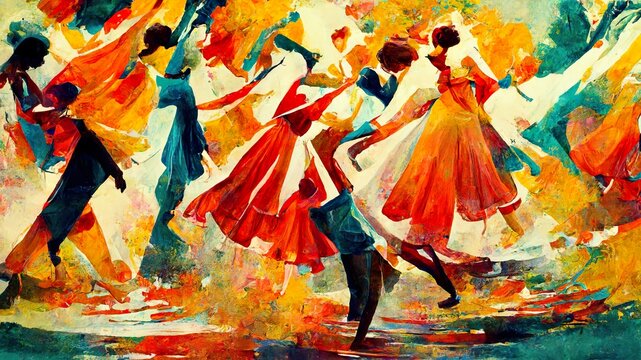Filipino folk dances have been passed down through the years as an exciting and beloved tradition, and they are an important part of the nation's cultural history. These dances serve as both creative expression and a window onto the Philippines' many cultural influences and long history.
Folk dances from the Philippines are generally passed down orally and experientially from one generation to the next. Elders have an important function in transmitting these dances to the younger generation within families and communities. They act as a living library, transmitting the history, meanings, and advances of each dance.
Folk dances can be performed and preserved on stages at social gatherings, fiestas, and cultural festivals. A sense of continuity and a sense of community connection are created during these events by encouraging the young people to join and learn from experienced dancers.
The preservation and promotion of these dances has also been greatly assisted by educational institutions and cultural organizations. To ensure that these traditions go on, dance instructors and other cultural lovers have taken on the duty of formalizing the teaching procedure.
Through a combination of oral tradition, group celebrations, formal teaching, and contemporary recording, Philippine folk dances have been passed down through the centuries. These dances are an important part of Philippine culture because of the complex cultural expression that connects the past and present.



0 Comments